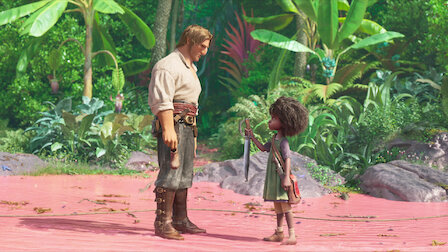

On, the film holds a weighted average score of 81 out of 100, based on 44 critics, indicating 'universal acclaim'. The website's critical consensus reads, 'With a title character as three-dimensional as its lush animation and a story that adds fresh depth to Disney's time-tested formula, Moana is truly a family-friendly adventure for the ages.' Subsequently, the film is also listed as number 11 on the website's '75 Best Computer Animated Movies' list. On its opening day, it made $15.5 million, a new record for a Walt Disney Animation Studios film opening on Wednesday (breaking 's record) and the biggest opening day ever for a film released on pre-Thanksgiving Day. Moana made $2.6 million from Tuesday paid previews which began at 7 pm, the highest ever for a Walt Disney Animation Studios film and for a non-Pixar Disney animated film. said the numbers were good for the original Disney film and marked a great rebound for the company in the wake of 's the previous year, which had made $55 million over five days off a production budget of $175–200 million. It was projected to take in around $50 million in three days, with $75–85 million in five days (some estimates going as high as $90 million). It also played in 50 premium large-format screens and more than 400 screens. The film played in 3,875 theaters of which a majority of them (80%) screened it in 3D. North America In the United States, Moana was released during the weekend. Like most Disney and animated films, several major story problems were identified in 2015 only after the film had already transitioned from development into production, but computer-generated films tend to have much shorter production schedules and much larger animation teams (in this case, about 90 animators) than traditionally animated films. Received sole credit as the writer of the final version of the screenplay. They are credited with developing the core relationship between Moana and Maui, the prologue, the Cave of the Wayfinders, the Kakamora, and the collector crab Tamatoa (played by ).

Joined the project during a critical period to help deepen the emotional story architecture of the film.

Māui set out to defeat her in order to bring immortality to humans, but failed and was himself killed. Te Kā was referred to in early drafts of the film as Te Pō, a reference to the, who was originally the life-giving goddess Hine-tītama, but became the goddess of death upon discovering that her husband the god was also her father. The film's story changed drastically during the development phase (which happens with most Disney films), and that idea ultimately survived only as a subtle element of the father's backstory.


 0 kommentar(er)
0 kommentar(er)
